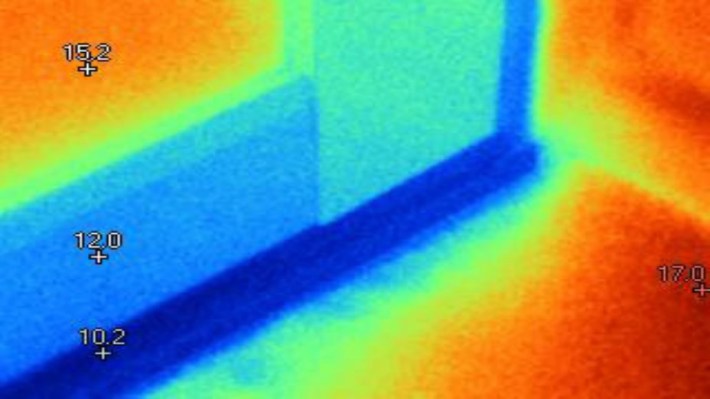The Storyspace
@USF Visningsrommet
In artistic practice I’m generally concerned with biologically inherited and culturally determined movement, bodily perception of space and the space the body perceives.
Skin is researched as tactile sensor, boundary and boundary-breaker, and the space as a living organism.
In the context of conservation in the project, the body is investigated as a conserving container for heritage, history and movement patterns.
Which strategies does it use to break old movement patterns or to retain inherited movement in the presence? How does it negotiate in meeting other body-cultures? How does the body react to a direct meeting with the historical origin to the movements it’s currently conserving itself? The project presents the human body as a museum for its own movement history.
-From the project Stilleben.
Maria Øy Lojo arranged a one month event last summer at USF Vacation colony, in which she curated videoart in a ship-container and used one of the colony’s architechtured shop-booths for modular artexhibitions, called The Story Booth. It worked as a kind of stationary Asbjørnsen and Moe, where tha audience could experience stories, share their own and make new ones. The event evolved from experiences made in the context of an exhibition (USF Visningsrommet, March 2018) of the artproject Stilleben. A strong relational and social dimension in the project became clear through the audience, and their bodily experiences of the exhibition was required more space for; an arena for folk-dialogue, where the audiences own experiences is central without the art needing to make compromizes in order to be “understood”. The Story Booth expanded quickly with many artists involved.
With this as a startingpoint Øy Lojo is now making an indepth expansion of the project, in which the artists to a larger degree use the space in USF Visningsrommet for developing work over time and exhibit it there. What kind of installations these will be, is evolved by the curated artists. The choosing of the artists is firstly based on projects and practices which holds a spacial and bodily grounding, and doesn’t primarily require an academic approach to the presented works.Artists, dancers and architects are invited into an artistic dialogue around the themes in the project, where the physical architecture of USF Visningsrommet is underpinned, strengthened and/ or challenged.
Part 1
The Architectural Space
Construction and architecture is something we relate to all the time, either it surrounds us, is close by, or we have chosen to put a geographical distance between it and our selves. How does various spaces and spaces inbeteween affect our movement and what we remember? What does the perceptual elements do to how we relate to eachother and our own bodily presence? What does it do to us when a sensory experience from one place is isolated, and retold in another?
The Storyspace presents
43 cities
by Cristian Stefanescu (a-works).

We often rely on systems of measure (temperature, time, weight, distance and so on) to help us come closer to ways of understanding and structuring our environment and our relationships to each other. We also use these same systems to consider power, influence and control. How often do we consider someone’s age or the price of a food item in a grocery store or check the time, and dramatize their significance. As much as these ways of measuring bring about a level of clarity and precision they can also be clumsy attempts to grasp concepts that escape measure altogether.
43 cities looks to explore the fragility of our relationship to measure, by embodying a series of places as temperatures in degrees Celsius. For the duration of the exhibition, visitors are able to experience the live temperature of a remote location inside the gallery, totalling 43 cities in 43 days. Moving from the bright outdoors, through a tunnel-like portal, and into a darkened gallery space one loses the ability to see while simultaneously being hit by a wave of heat. The bodily dimension of temperature overtakes the mind. As you calibrate and settle into the environment, contours of the space becomes apparent yet remain largely in darkness. Sounds from the outside filter their way inside yet remain largely unintelligible, not particularly loud or clear enough to distinguish as language but enough to sense an urban outdoors. A sensory fuzziness lifts the temperature into focus while allowing associations to flow. As you move around the space, today’s city and its live temperature are revealed on one of the walls. The physical, sensorial experience encounters concrete data to measure itself upon. The mind steps in to process and measure up what you feel against a concrete location and temperature data. Your body’s relationship to temperature, to the outside sounds, to your knowledge and/or experience of the given location converge inside of the dark room, a blank space. What can such a limited account of such a broad concept tell us about how we conceive and what we experience.
Cristian Ştefănescu is a Romanian/Canadian architect based in Bergen, Norway. He runs the architecture and art practice a-works in tandem with regularly teaching at the Bergen School of Architecture. Overall, his work revolves around constructing environments that play with spatial and sensorial experience. These environments evolve through the curious use of materials, assemblies and methods that extend across various scales, locations and types. More recently he is interested in how concepts of measure (scale, distance, time and so on) structure our understanding of our environment and each other, and how various forms of displacement dissect and reveal the necessary and fragile nature of our predicament.
You must be logged in to post a comment.